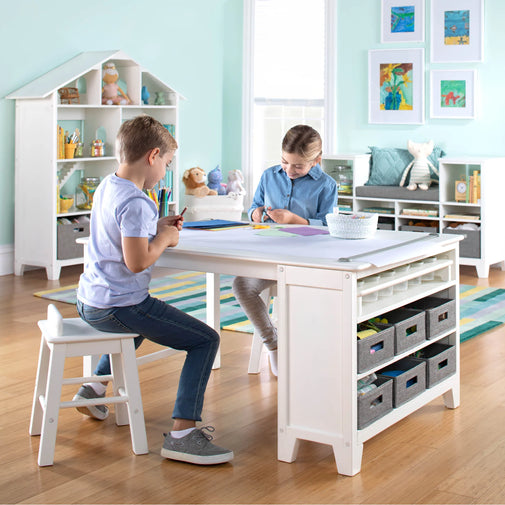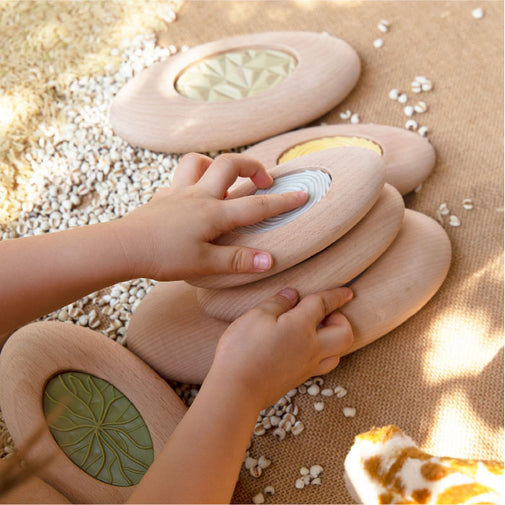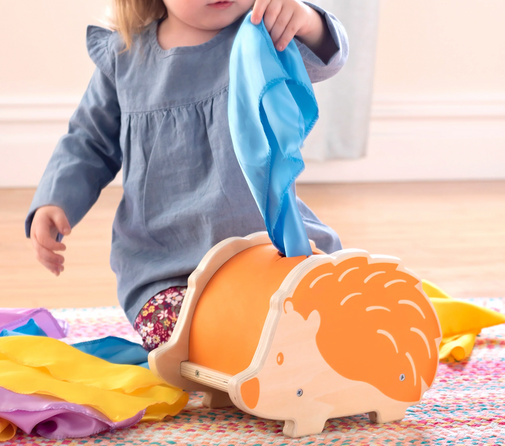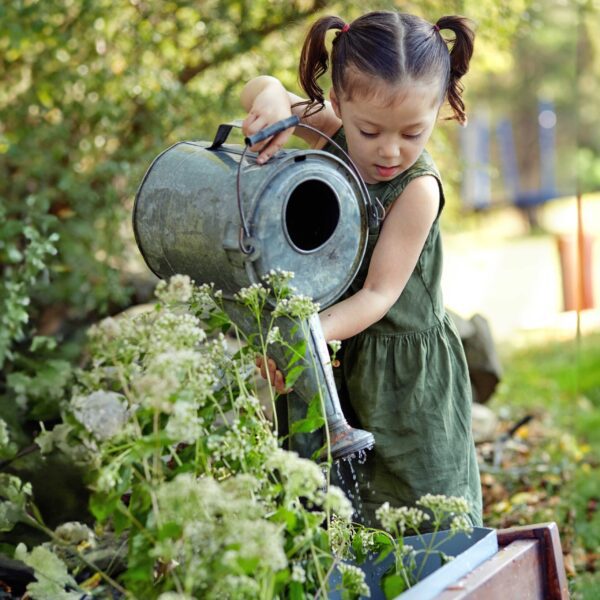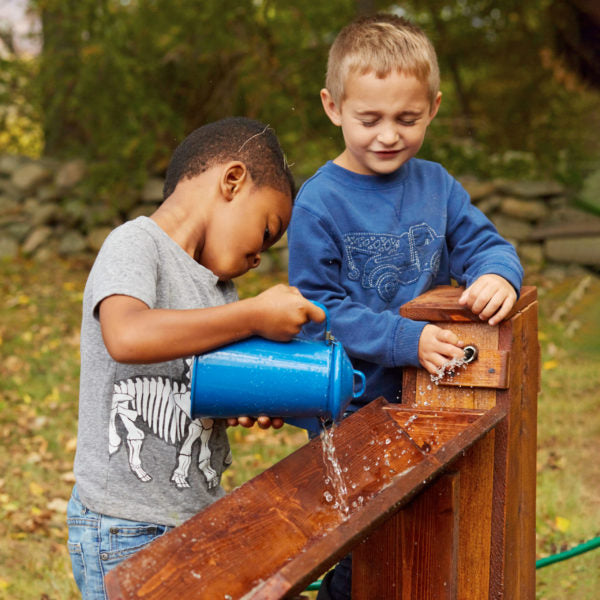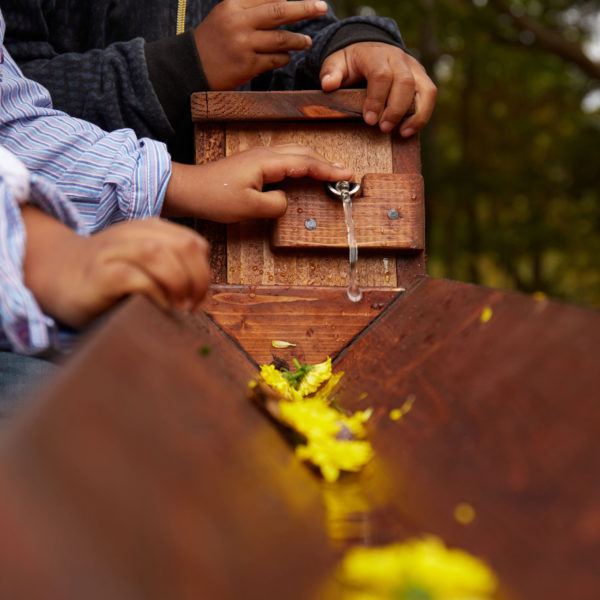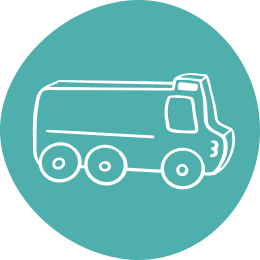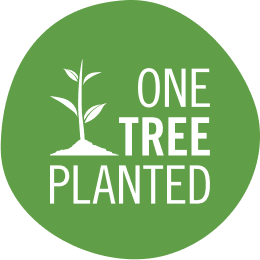The Beauty of Connection

It was the most healing thing I’d seen during this whole COVID time: children playing together—finally. After how long? Too long. My two sons, 8 and 5, were lucky to have each other during our long social isolation time and their connection deepened immensely. But not every kid has had a sibling to bond with. As we always hear: children are resilient. A lot of children have had an easier time with corona virus restrictions than the adults! But we adults also know that everybody needs a break, young and old alike. The small moments of connection we risked in the summertime felt so comforting and normalizing. We felt it in our souls. Do children feel it too? I’m here to say yes.

My career has been centered on creating rich opportunities for children’s play. I believe in play. I honor play. I think play is one of the most important aspects of the experience of being human. We are programmed to play and through play we grow, learn, and discover who we are in the world. Time spent playing is sacred time. The wise adult understands this and does all they can to support play.
But sometimes things come in the way of play and children’s connection to each other—like say, a global pandemic. With schools shuttered, families distanced, and children’s programs cancelled, children have found themselves profoundly separated from each other. There are so many questions, yet the fact that children need connection and play with other children is not in question.
Two weeks ago my neighborhood kicked off an “afterschool” play pod in a local park. Inspired by loose-parts filled adventure playgrounds and adult playworkers in parks, the non-profit I co-founded with my friend Beth Myers, PhD is providing free 3-hour daily play days for children in the neighborhood. Following COVID health and safety protocols, the number of children is limited, masks are worn, temperatures taken, hand sanitizer applied, health questions answered, and other hoops jumped through to make it possible. When it comes to supporting play the adult organizers have to do the tedious behind the scenes work to make it possible. But that’s ok—that’s our job. We do the boring adult stuff so kids can do the beautiful kids’ stuff.

Once the adults had it planned, funded, staffed, and organized, children were invited in. Ten children from a variety of ages and socio-economic backgrounds—some that knew each other, some neighbors, some strangers—all almost immediately, peacefully at play. Submerged, engaged, embedded in all consuming beautiful, fun play. Adult playworkers were on site to support the play as necessary, but within mere minutes the kids had broken into groups and found themselves alive in play with other children. Other children! I stood back watching with awe, love and admiration. In the pre-COVID world children playing with other children was of course totally normal. No big 
deal. But because it had been nearly 6 months since this small group of children had been playing deeply with other children this was a big deal. This was unique now—special and profound in some unspoken way. The play absorbed the children and flowed together like water, engaged and alive. Small groups spread out making concoctions in makeshift mud kitchens, climbing trees, balancing on logs, bopping each other in rigorous pool noodle battles, and sitting on the ground making art. My spirit wanted to burst it was all so beautiful and heartening. That dance between being perfectly normal and totally out of the ordinary is what struck me so hard. Without words you could see the beauty of connection. The delight in togetherness. And also the unspoken gratitude and recognition that this was indeed something special. And healing. And so right. It was moving to see…

So how can we do more? How can you? Can you create a play pod following health and safety protocols that you feel comfortable with? Can you invite neighbors? Join in with other parents? Make it equitable and inclusive? Can you be safe but also stretch your boundaries? Can you rise up for social justice by supporting neighborhood play for all? It doesn’t have to be complex. Keeping it simple with loose parts, cardboard boxes, tree cookies, balls, drawing materials, and fabric is all it takes to stimulate children’s play imaginations. You do the adult stuff to plan it out, then step back and watch the beauty of play unfold…



